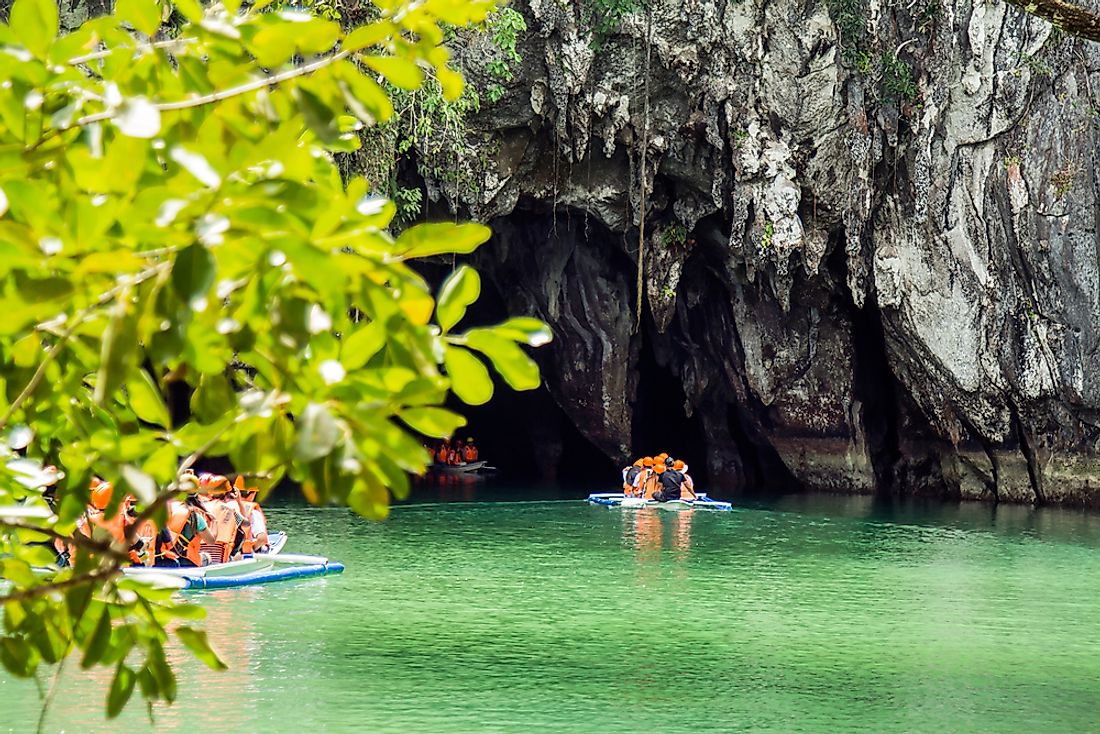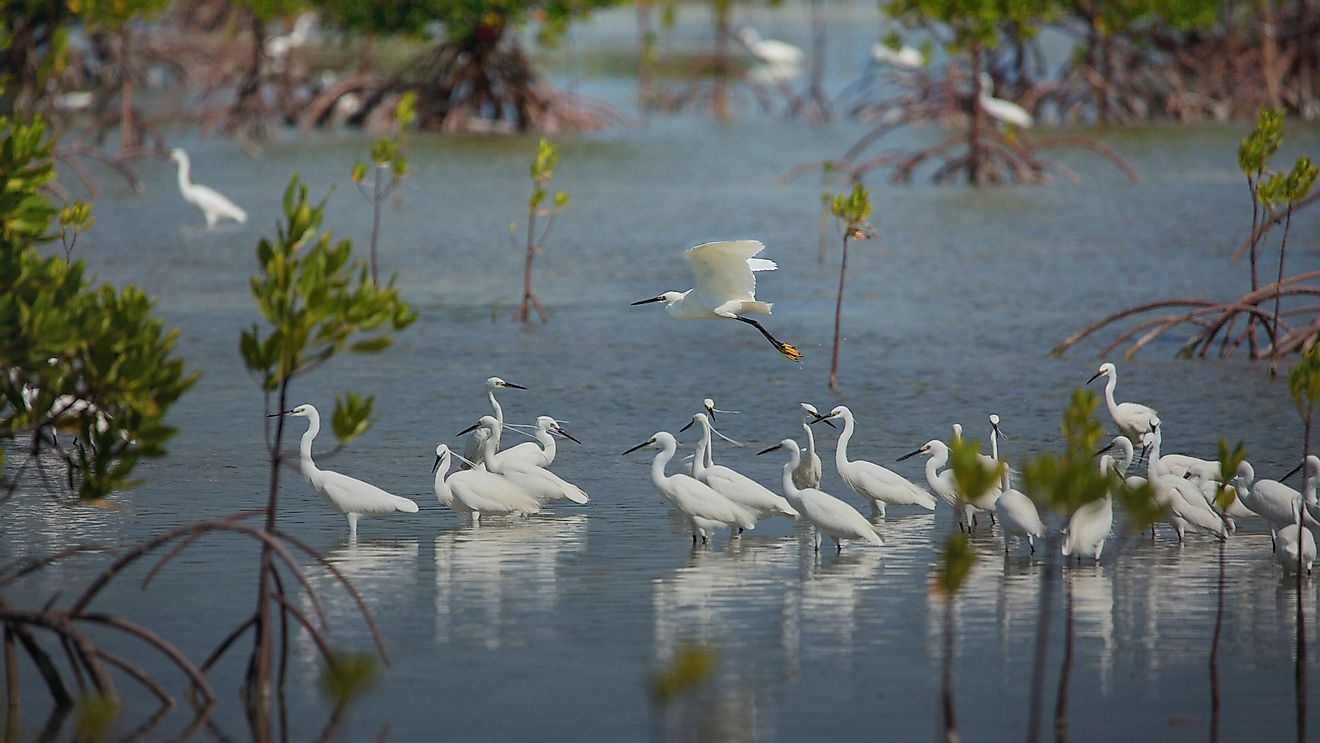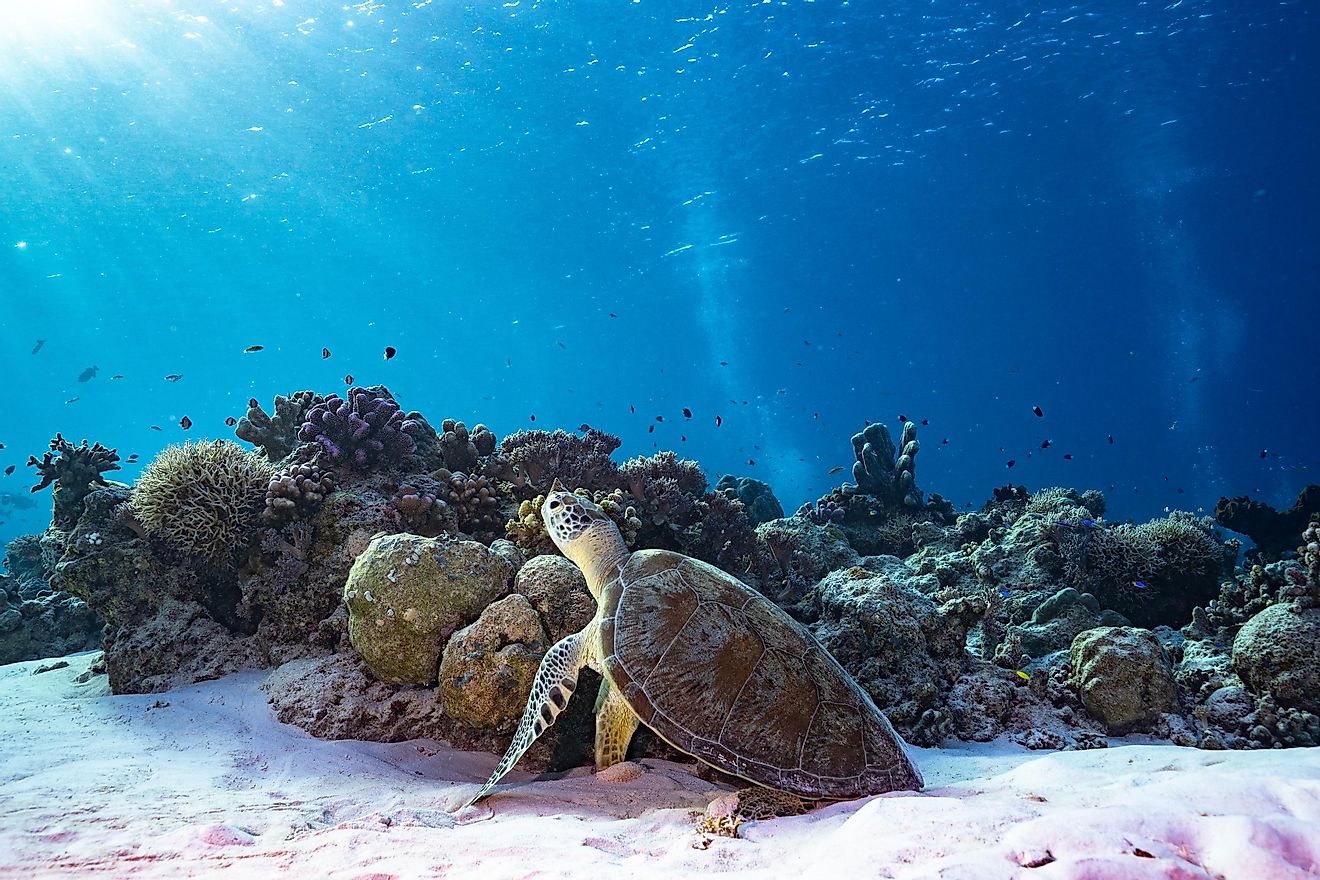Ramsar Wetlands In The Philippines

The RAMSAR Convention is a global treaty whose primary aim is to conserve and sustain the utilization of wetlands. It seeks to recognize the significant ecological roles played by the wetlands and their scientific, recreational, cultural, and economic significance. On November 8th, 1994 the Philippines ratified the Ramsar Convention in its entire territory. Six wetland habitats in the Philippines have been designated as Ramsar wetlands of international importance.
6. Las Piñas-Parañaque Critical Habitat and Ecotourism Area
The Las Piñas-Parañaque Critical Habitat and Ecotourism Area comprises the Freedom Islands, an artificial island located in Manila Bay off the coast of Parañaque, Philippines, and two other islands covering a total area of 175 hectares. Freedom Island was formed sometime between 1973 and 1985. The island covers an area of approximately 0.32 square km and a height between 0 to 7 meters above sea level. Flora and fauna of the island include swamps, mangrove forests that provide a habitat for some migratory bird species which include the black-crowned night heron, Chinese Egret, Philippine duck, and the common moorhen. In 2007 the Philippine government declared the Freedom Island a Critical Habitat. In 2013 the Las Piñas-Parañaque Critical Habitat and Ecotourism Area was listed as a Ramsar wetland of international importance.
5. Olango Island Wildlife Sanctuary

The Olango Island Wildlife Sanctuary is situated in the Olango archipelago, which consists of seven islands. The islands are located in the Central Visayas area which is a part of Cebu province in the Philippines. The wildlife sanctuary, which covers an area of about 5,800 hectares, is a major tourist attraction and a natural habitat for some plant and animal species. Some of the sanctuary’s notable animal species include the migratory birds of Japan, Siberia, and Northern China. The sanctuary houses 97 bird species, 49 of which are resident birds while the rest are migratory birds. The wildlife sanctuary was listed as a Ramsar wetland of international importance on July 1st, 1994.
4. Naujan Lake National Park
The Naujan Lake National Park is a freshwater lake located in the province of Oriental Mindoro on Mindoro Island, Philippines. Naujan Lake is the Philippine’s fifth-largest lake. Naujan Lake National Park covers an approximate area of 14,568 hectares and is considered to be the biggest breeding area for marsh birds.
3. Agusan Marsh Wildlife Sanctuary
The Agusan Marsh Wildlife Sanctuary is a marshland and protected area, nuzzled by the midwaters of Agusan’s River drainage basin, located in Agusan del Sur, Philippines. The Agusan Marsh covers an area of 14,836 hectares. The sanctuary used to be home to saltwater crocodile Lolong, the largest captive crocodile in the world. The sanctuary is also a nesting place for some migratory birds and it hosts "Wonderland," a place where naturally crafted Bonsai trees can be seen.
2. Puerto Princesa Subterranean River National Park

The Puerto Princesa Subterranean River National Park is located in Puerto Princesa, Pawalan, Philippines and it is a protected area that is listed as a Ramsar wetland of international importance. The park consists of an underground river also known as Puerto Princesa Underground River. The National Park covers an area of 22,202 hectares. In 2010 the underground river was discovered to have a second floor, the existence of tiny waterfalls and a cave dome that measures 300 meters above the underground river among other water channels. Puerto Princesa Subterranean River was not only listed as a World Heritage Site by UNESCO but also chosen as one of the New 7 Wonders of Nature.
1. Tubbataha Reefs Natural Park

The Tubbataha Reefs Natural Park situated in the midst of the Sulu Sea is a protected area of the Philippines located in Puerto, Princesa City, Pawalan. The park's marine and bird sanctuary, which consists of two large atolls, covers an area of 96,828 hectares. The Tubbataha Reef Natural Park houses over 1,000 marine life species. Tubbataha was listed by Ramsar as one of the wetlands of international importance in 1999.
Ramsar Wetlands Of Philippines: Importance In Wetland Conservation
| Rank | Name | Area (ha) |
|---|---|---|
| 1 | Tubbataha Reefs Natural Park | 96,828 |
| 2 | Puerto Princesa Subterranean River National Park | 22,202 |
| 3 | Agusan Marsh Wildlife Sanctuary | 14,836 |
| 4 | Naujan Lake National Park | 14,568 |
| 5 | Olango Island Wildlife Sanctuary | 5,800 |
| 6 | Las Piñas-Parañaque Critical Habitat and Ecotourism Area | 175 |







